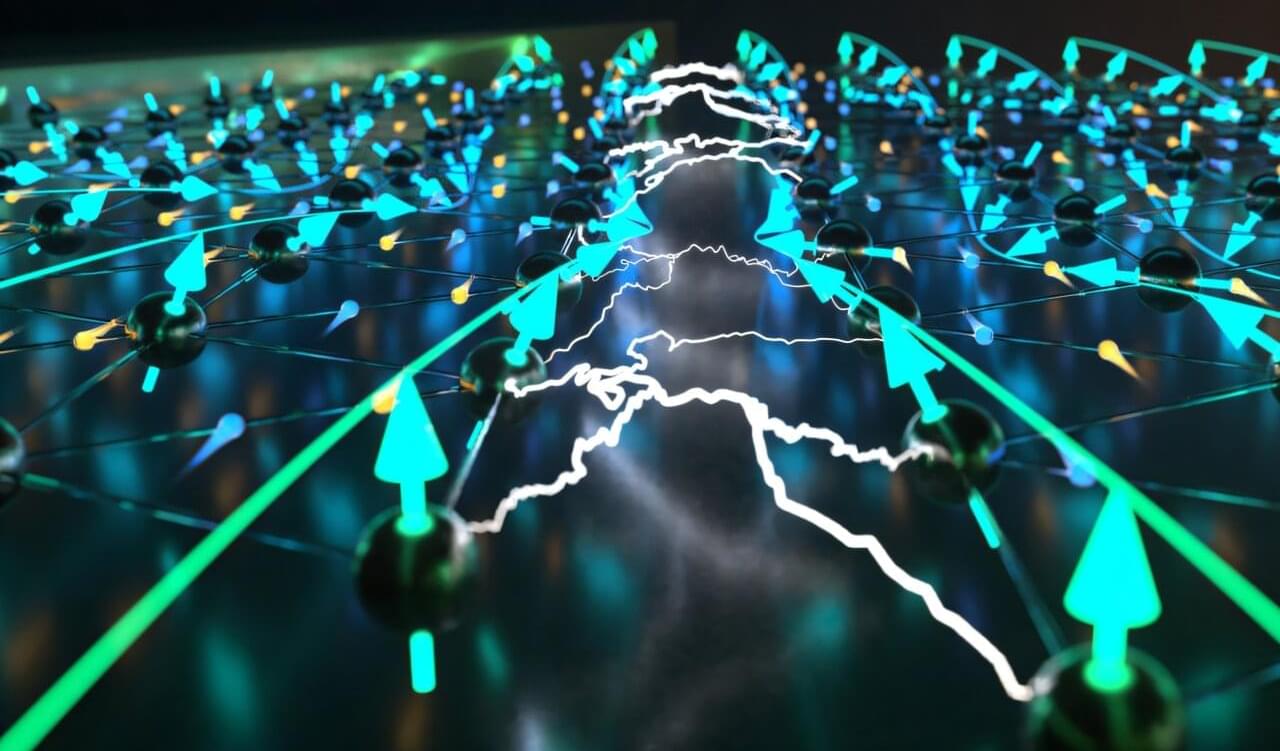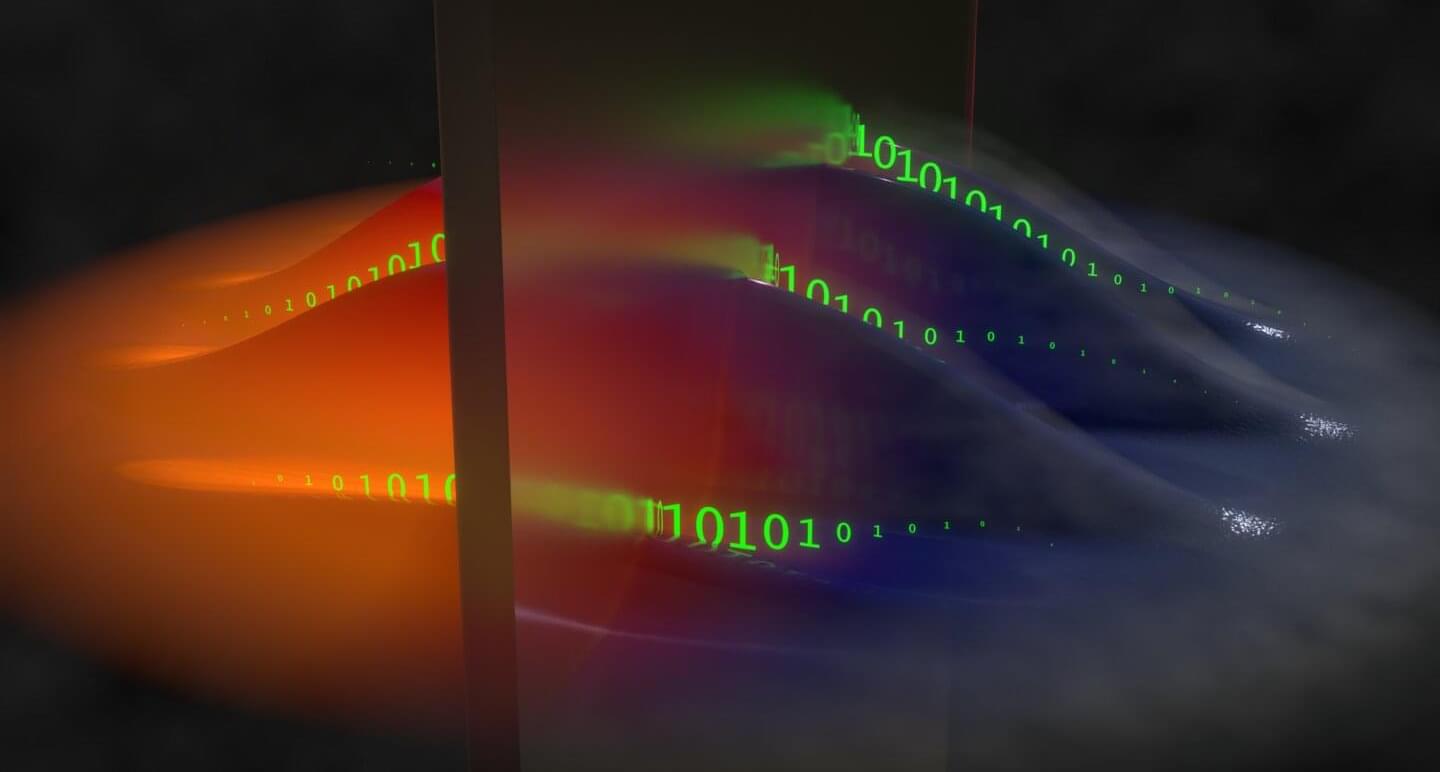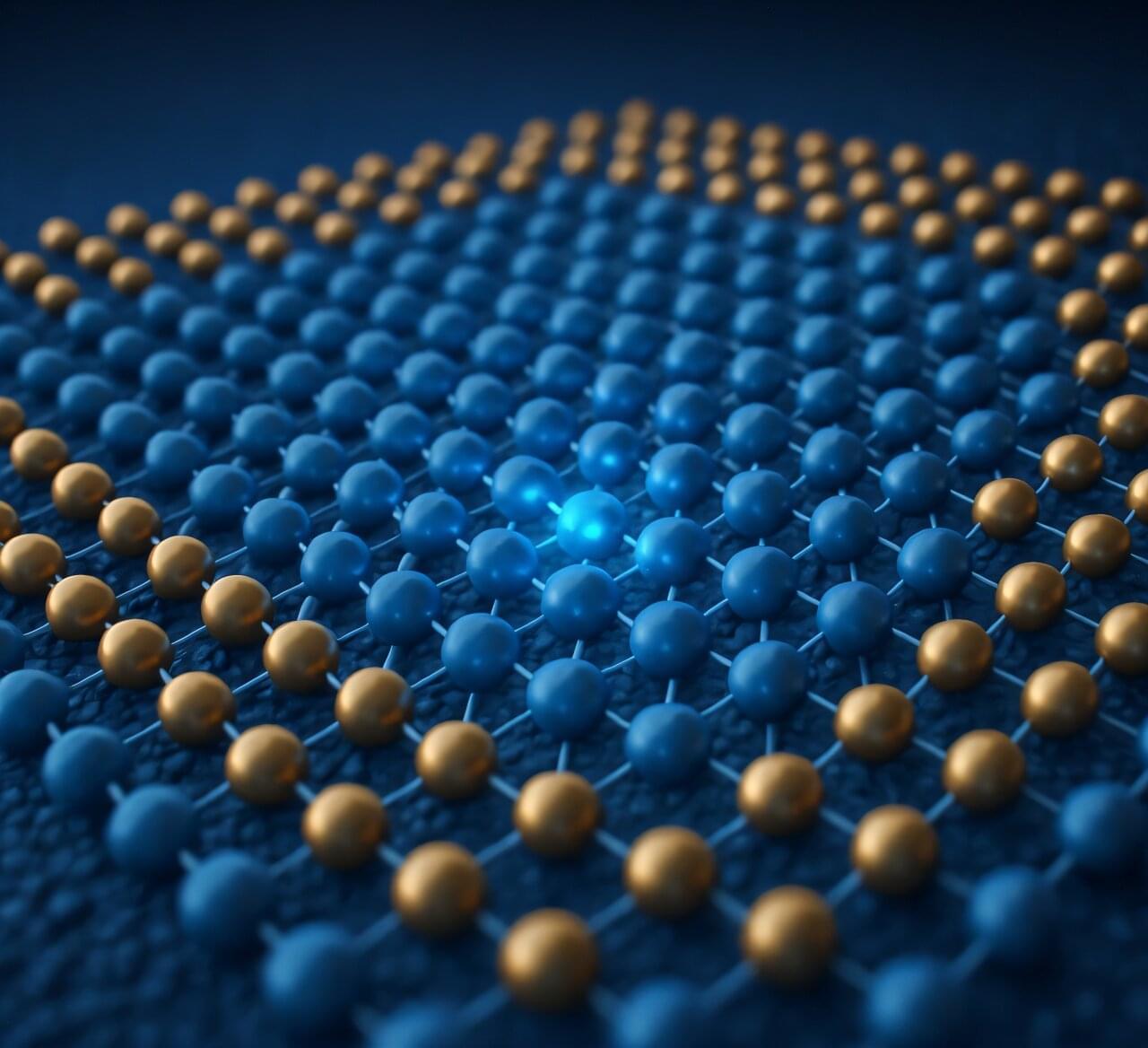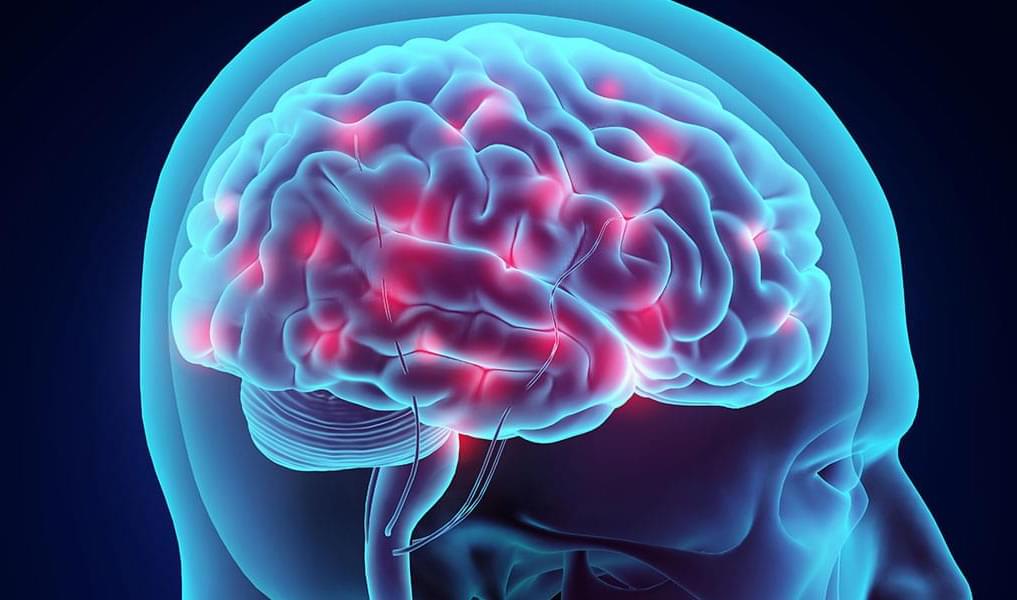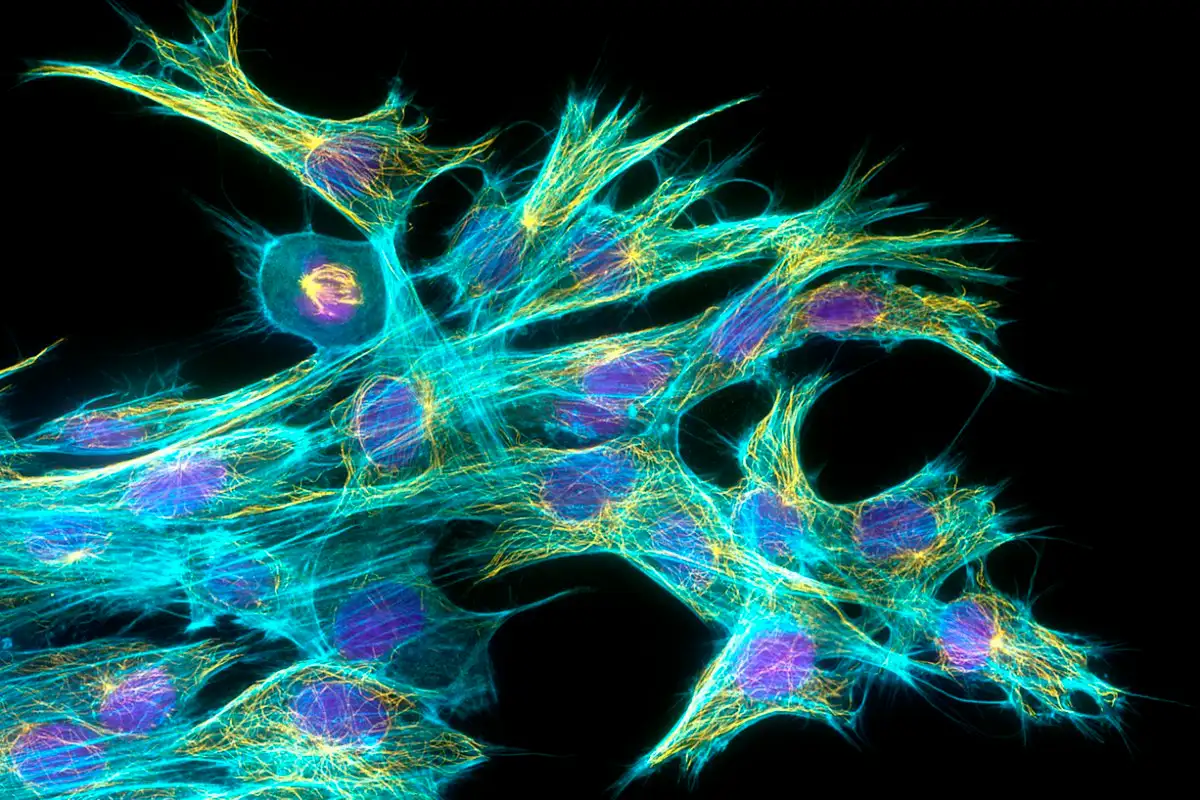MIT physicists have demonstrated a new form of magnetism that could one day be harnessed to build faster, denser, and less power-hungry “spintronic” memory chips.
The new magnetic state is a mash-up of two main forms of magnetism: the ferromagnetism of everyday fridge magnets and compass needles, and antiferromagnetism, in which materials have magnetic properties at the microscale yet are not macroscopically magnetized.
Now, the MIT team has demonstrated a new form of magnetism, termed “p-wave magnetism.”
